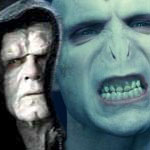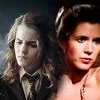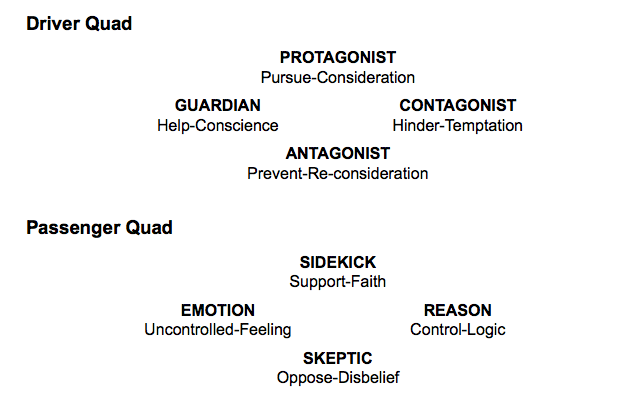Simple Dramatic Archetypes
Simple dramatic archetypes are functional roles that can be distributed among characters to complete a set of fictional tasks in a plot.
Once again, this is not always planned by the writer, but it is something that has been observed by scholars along the uncountable number of good plots available ever since men started telling stories .
Good stories tend to have this set of archetypes as close to plenitude as possible and using it to plan a story helps a lot its achievement.
Splitting archetypes into action (physical) and decision (psychological) features helps to understand the structure.
PROTAGONIST
Action Feature
Pursues the objective of the story. The familiar protagonist is the driver of the narrative: the one who forces the action.
Decision Feature
Evaluates the situation and moves the other characters to examine the necessity of achieving the goal.
ANTAGONIST
Action Feature
The Antagonist physically attempts to prevent or avoid the success of the goal by the Protagonist.
Decision Feature
The Antagonist forces the other characters to reconsider the effort to achieve the target.
GUARDIAN
Action Feature
The Guardian is a helper who assists the struggles in achieving the story goal.
Decision Feature
It expresses conscience in the mind, based upon the Author’s sense of morality.
CONTAGONIST
Action Feature
The Contagonist hinders the attempts to achieve the story goal.
Decision Feature
It represents the temptation to take the wrong course or approach.
REASON
Action Feature
This character is very controlled or calm in its actions.
Decision Feature
It makes its decisions based on logic, never allowing emotion get in the way of a rational course.
EMOTION
Action Feature
This player is frantic or out of control in its actions.
Decision Feature
It reacts with its feelings with disregard for a practical analysis of a situation.
SIDEKICK
Action Feature
It supports, playing a kind of cheering section.
Decision Feature
It is almost naive to the extent of its faith in the goal, in the Protagonist, in success, etc.
SKEPTIC
Action Feature
The Skeptic opposes everything.
Decision Feature
It disbelieves almost anything, doubting courses of action, sincerity, truth; Whatever.
Split Archetypes in Quads
Having divided them in two, we can see that each of the Archetypal Characters has an Attitude or Decision feature and an approach or Action feature.
When we arrange both features under each of the eight Archetypes, we come up with a chart that helps understand what they represent.
In Dramatica, we refer to these 16 characteristics as the Motivation Elements because they describe what drives the Archetypal Characters.

It is important to note that those 16 functions don’t necessarily need to be assigned attached to their original archetypes, to one character for each pair. A lot of times complex characters are created by combinations of them to one or more characters and even groups of characters.
Star Wars has a very flat structure distribution with every archetype assigned to one character, while in Harry Potter a lot of the features are spread among many characters or groups of characters.
We are trying to use that model in some of our book reviews like the ones about J. K. Rowling’s Harry Potter series. The link will take you to her mini-bio where you can find a list of the books.
The narrative theories presented in this article are heavily based and influenced by the Dramatica Theory created by Melanie Ann Phillips and Chris Huntley.
If you want to have some clues about storylines, don’t miss my article about Dramatic Structure Diagrams.

Hi, CJ
I have been an avid reader all my life & the post you have presented… ‘simple-dramatic-archetypes’…has educated me about something I had never given a thought to! I had never thought of any character in a book being much more than a ‘goodie’ or a ‘baddie’!
The graphics you have used to illustrate each action / decision feature helped me to understand exactly what each of the archetypes meant.
Is it necessary to have all of these components in place before you start to write a book or can certain elements be introduced along the way?
I look forward to hearing back from you…
Steve
Hello, Steve,
It really depends on the author. Some people have an innate talent to write by heart without planning first. Some need it. Some are hybrids. I personally prefer to do the best planning possible and always come back for more if needed. Figuring out my characters first helps finding out what the guy will do next. It actually helps me compose the plot structure.
But, hey, don’t ever let paradigms harness your creativity. They exist to support the artist, not hold him back. So, if you feel that need to write like crazy, don’t hold back just because you haven’t planned anything yet. Write down what you urge for and than go to planning and try to match things up.
Thanks for sharing your impressions. Cheers!